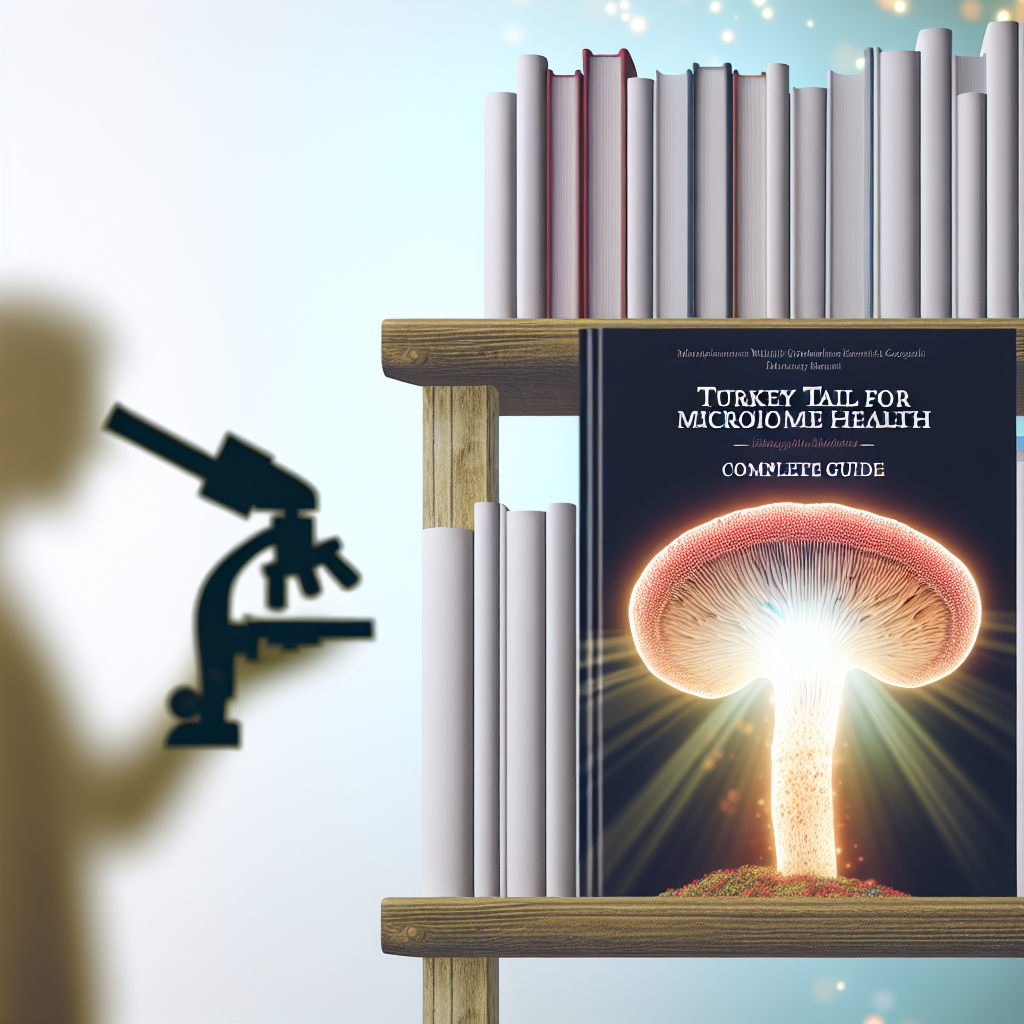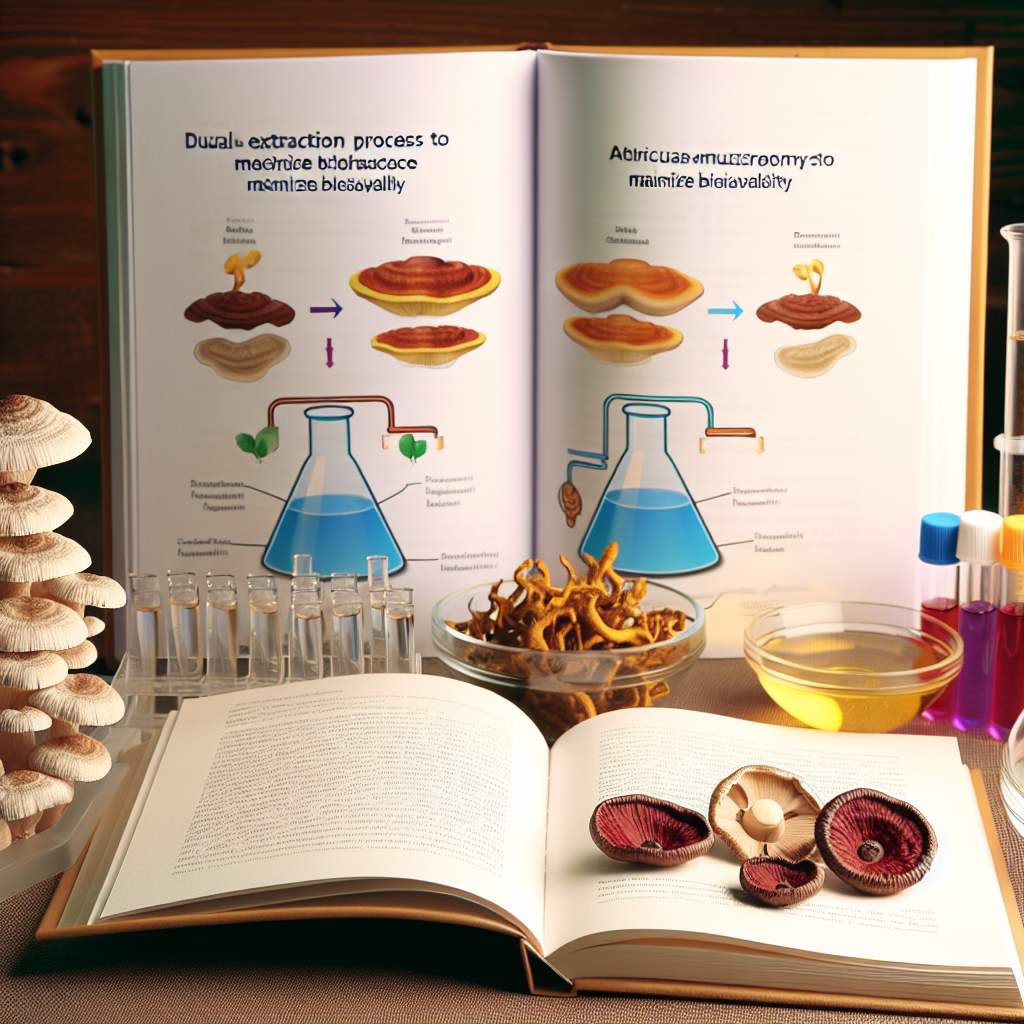Psilocybin Retreat Center Design: Creating a Therapeutic Healing Space
How mindful architecture and holistic design elevate the healing potential of psychedelic therapy.
Introduction: Where Intention Meets Architecture in Psychedelic Healing
As the renaissance of psychedelic-assisted therapy reaches new heights, psilocybin retreat centers are emerging as sacred spaces where intentional healing, transformation, and personal growth take root. These centers are not merely destinations—they are immersive environments designed to support deep psychological and emotional healing through the careful use of psilocybin, the psychoactive component in magic mushrooms.
Psilocybin therapy has gained significant scientific backing in recent years. Clinical studies indicate its effectiveness in reducing symptoms of depression, anxiety, PTSD, and end-of-life distress. As institutions like Johns Hopkins Center for Psychedelic and Consciousness Research and Imperial College London legitimize these findings, a new class of supportive infrastructure is rapidly expanding: psilocybin retreat centers.
These sanctuaries operate within carefully regulated frameworks in countries such as the Netherlands, Jamaica, and Costa Rica, where psilocybin use is decriminalized or legalized in therapeutic contexts. Their development is as much about legality and safety as it is about design—integrating biophilic architecture, ceremonial environments, and integrative therapy spaces to enhance the psychedelic journey.
The environment in which psilocybin is consumed plays a crucial role in shaping the user’s experience. Known in psychedelic medicine as “set and setting,” the psychological mindset (set) and physical/social environment (setting) are profoundly influential in the outcomes of therapy.
As such, the design of psilocybin retreat centers must incorporate evidence-based principles from psychology, neurology, architecture, and indigenous ceremonial traditions. Elements such as natural lighting, organic materials, acoustic control, vegetation, meditation spaces, and communal integration are meticulously considered when designing these therapeutic settings.
Recognizing the depth of inner work that occurs during a psychedelic journey, retreat centers must provide a space that is safe, nurturing, and conducive to lasting transformation.
How Science Shapes the Architecture of Healing
The therapeutic potential of psilocybin is now supported by substantial peer-reviewed research. A 2020 study published in JAMA Psychiatry demonstrated that psilocybin, when administered in a supportive setting, significantly reduced symptoms of major depressive disorder in participants, with sustained benefits lasting weeks after just one or two sessions. (source)
Designing a safe, intentional space where psilocybin can be administered amplifies its psychological potential. Recent research in environmental psychology reveals that natural elements—wood, plants, water features, and natural light—not only reduce cortisol levels but also promote a state of relaxation necessary for introspection. (source)
Simultaneously, psilocybin influences the Default Mode Network (DMN)—a neural region tied to ego and self-referential thinking. When psilocybin disrupts DMN activity, users often experience a release from limiting thought patterns and increased brain connectivity. A nurturing, soothing physical space supports this neuroplasticity by helping users surrender to the therapeutic process. (source)
Anatomy of a Psilocybin Retreat Center: Where Every Detail Matters
In designing these transformative environments, certain features consistently stand out:
– Ceremony Rooms: Purpose-built spaces that feature soft lighting, natural textures, ambient music, mats, and blankets. These rooms serve as the primary setting for the psilocybin journey and are often enhanced with soundscapes, aromatherapy, and spiritual symbolism.
– Natural Integration: Seamless access to gardens, forests, or water bodies helps deepen connection with nature. Biophilic design promotes serenity and encourages meditative introspection during and after the session.
– Post-Journey Integration Rooms: Quiet rooms for journaling, resting, and group sharing. These safe, curated spaces are central to helping participants emotionally and cognitively integrate their experiences.
– Nutrition and Wellness: Healing meals and herbal teas are often served post-session to ground the body and mind, complementing the cleansing nature of the experience.
– Private Retreat Quarters: Sleeping pods or private rooms provide a sense of security and solitude essential for emotional processing. Each is designed with natural materials and soothing palettes.
– Medical & Spiritual Supervision: Most centers feature a blend of licensed therapists, physicians, and experienced spiritual guides to monitor and support participants throughout their journey.
– Culturally-Inspired Decor: Elements of sacred geometry, indigenous textiles, and ceremonial altars are integrated to honor the legacy of ancestral plant medicine traditions, fostering reverence and spiritual connection.
Integration: Where the Experience Becomes Transformation
The psychedelic experience doesn’t end when the session concludes—it begins to evolve.
Post-session integration is now recognized as the most critical factor in achieving lasting change. According to a 2021 review published in Frontiers in Psychology, structured integration practices—including therapy, group circles, and continued self-reflection—are directly correlated with longer-term psychological growth. (source)
Retreat centers often schedule integration sessions that take place daily after the initial journey. These may include:
– Group Sharing Circles
– Guided Breathwork or Yoga
– Somatic Healing Practices
– Counseling or Talk Therapy
– Creative Therapies (art, journaling, music)
Designing specific spaces for these practices—quiet rooms, healing huts, open forums—ensures that participants have continuous support during their reintegration into normal life.
From Vision to Reality: Designing Spaces For The Soul
Psilocybin retreat center design is a form of healing architecture—merging science, spirituality, neurology, and intuitive aesthetics to create spaces that are as therapeutic as the medicine itself. As research continues to validate the efficacy of psilocybin for mental health, these intentionally crafted environments will remain essential to providing safe, ethical, and deeply effective healing journeys.
At the intersection of modern neuropsychology and ancient ritual, psilocybin retreats are not just facilities—they are vessels for transformation.
Concise Summary: Psilocybin retreat centers are emerging as sacred spaces designed to support deep psychological and emotional healing through the careful use of psilocybin. These centers integrate biophilic architecture, ceremonial environments, and integrative therapy spaces to enhance the psychedelic journey, drawing on evidence-based principles from psychology, neurology, and indigenous traditions. Retreat center design is a form of healing architecture that creates nurturing, transformative environments for psilocybin-assisted therapy.

Dominic E. is a passionate filmmaker navigating the exciting intersection of art and science. By day, he delves into the complexities of the human body as a full-time medical writer, meticulously translating intricate medical concepts into accessible and engaging narratives. By night, he explores the boundless realm of cinematic storytelling, crafting narratives that evoke emotion and challenge perspectives. Film Student and Full-time Medical Writer for ContentVendor.com



